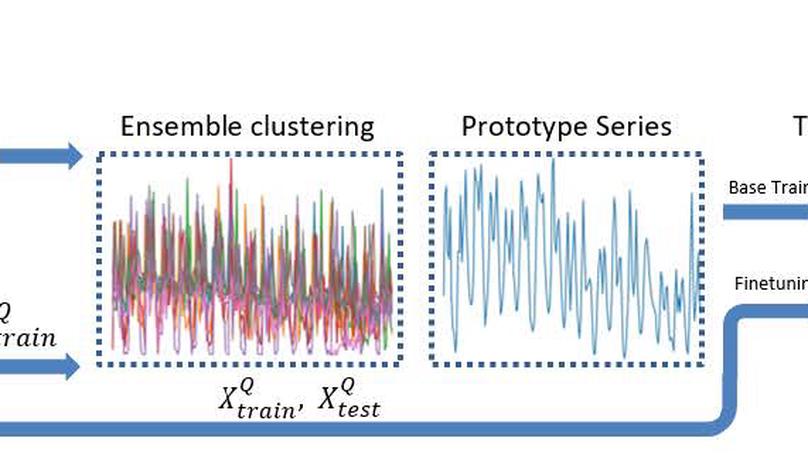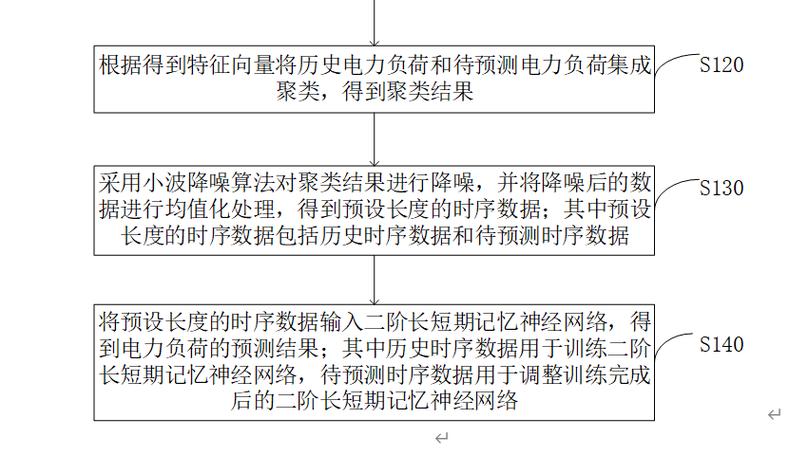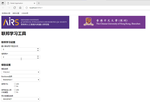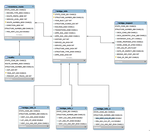Qiyuan Wang
Ph.D. Student Majoring in Statistics
Texas A&M University
Columbia University in the City of New York
The Chinese University of Hongkong
Biography
Qiyuan Wang is a Ph.D. student in Statistics at Texas A&M. His research interests include Machine Learning, Time series analysis, Bayesian analysis and Federated Learning. He is the key member of Computer Vision group in Special Robotics Center of AIRS, which develops inspection robots for industry, object detection algorithms for robots and federated learning system. He is also a course assistant for Linear regression courses in Columbia University and Texas A&M.
Download my resumé.
- Machine Learning
- Time Series Analysis
- Bayesian Analysis
- Federated Learning
-
Ph.D. student in Statistics, 2023 - current
Texas A&M University
-
MSc in Statistics, 2023
Columbia University in the City of New York
-
BSc in Statistics, Data Science Stream, 2022
The Chinese University of Hong Kong, Shen zhen
Working Experience
Responsibilities include:
- Design and implement Federated learning system
- Conduct Computer Vision experiment
- Perform Data Mining and Data Visualization
Responsibilities include:
- Implement source code of the MySQL database
- Implement Python script for data query and selection
Accomplishments
Projects
Featured Publications

In this paper, we consider the load forecasting for a new user in the system by observing only few shots (data points) of its energy consumption. We propose to utilize clustering to mitigate the challenges brought by the limited samples. Specifically, we first design a feature extraction clustering method for categorizing the historical data. Then, the load forecast for new users is conducted through a two-phase Long Short Term Memory (LSTM) model, which inherits prior knowledge from the clustering results.

The application discloses the scarce sample load forecasting method and prediction device based on clustering. The forecasting method includes feature extraction of historical power load and target samples to obtain feature vector; According to the feature vector, the historical data and the target sample are ensemble-clustered to obtain a stable result. The wavelet denoising algorithm was used to de-noise the clustering results, and the data after denoising were averaged to obtain the time series data of preset length. The time-series data of preset length includes historical time series data and time-series data to be forecasted. The time-series data with preset lengths are input into the two-phase LSTM neural network to obtain the forecasting results of power load. The historical sequence is used to train the second-order LTSM neural network, and the target data is used to adjust the two-phase LTSM neural network in novel tasks. This application still has excellent forecast performance under the condition of a limited training set.

